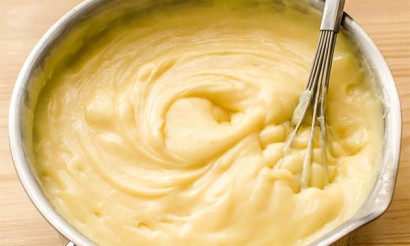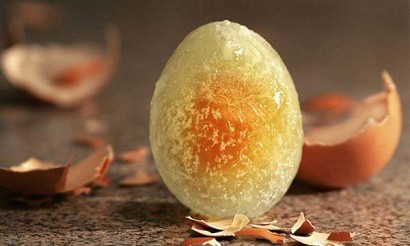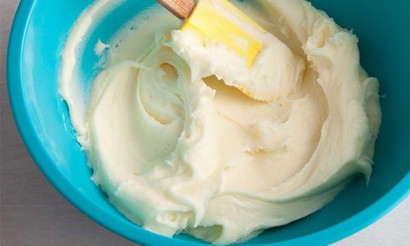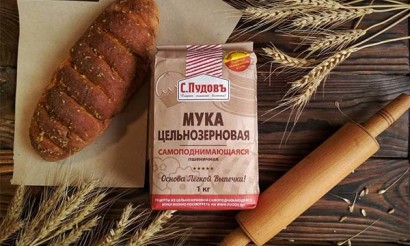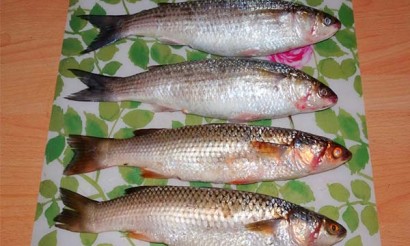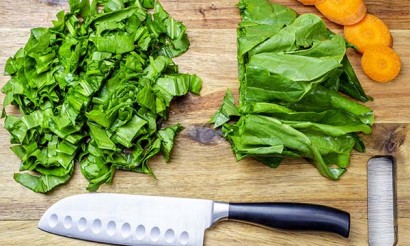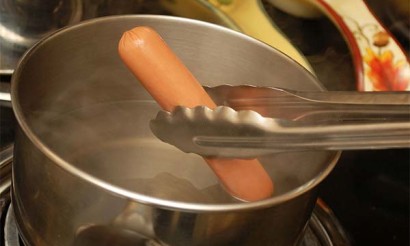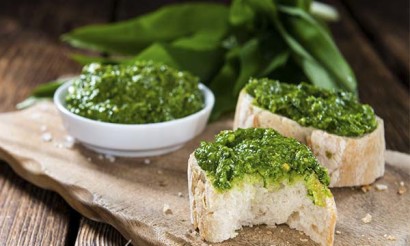How to Melt Sugared Honey
Everyone knows the Soviet cartoon about the beautiful Winnie the Pooh bear and his friends. Well, of course, everyone who watched it, could not help but notice the bear's endless love for honey. Only in the cartoon did not tell that the beautiful honey can one day go dry, but so, and a spoon it will be difficult to get, let alone pour into a vase.
What is honey and where does it come from
Honey is a product that is produced by bees using the honeydew of various plants. Its color varies from light yellow to dark brown.
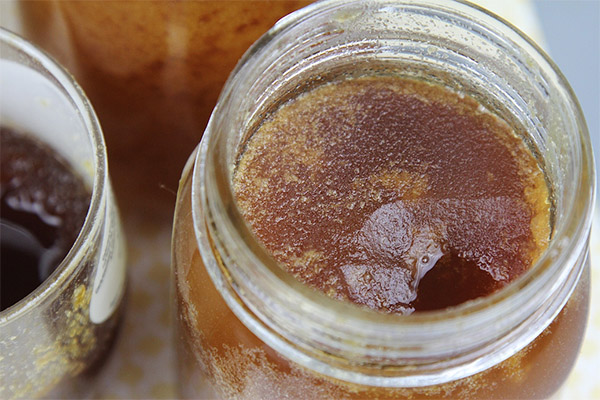
In terms of consistency, honey can be:
- liquid;
- thick;
- Solid (sugared).
There are many varieties of honey. Some are easy to buy in any region. There are seven popular varieties that are in demand:
- Linden. The source of this variety is the small-leaved linden. It is light yellow in color and sometimes even almost colorless. It is considered medicinal.
- Buckwheat honey is the honey that comes from the flowers of the buckwheat plant. Dark brown in color, extraordinarily sweet flavor palette at the end turns to tartness. It is useful for blood diseases due to its high iron content.
- Chestnut honey is a product of chestnut flowers. Honey of dark shades. With a bitterness, helps with diseases of the urogenital system, as well as good for clearing the gall bladder.
- Sunflower - from sunflower flowers. A distinctive feature of honey is a beautiful amber color. It is most often used in cooking because of its sweet taste and pleasant smell. It enhances the immune system, helps to cope with respiratory diseases.
- Floral (motley grasses / meadow) - it is obtained from the fields with a variety of flowers. Most often light yellow in color. Sweet, it is used for a variety of colds, respiratory diseases, it is also widely used in cosmetology.
- May is the most famous, collected from the first spring flowers. Most often transparent or light in color. The taste is sweet but not sugary. It helps with throat diseases, has antibacterial properties.
- Honeycomb - honey made from sliced honeycomb. The color and taste depend on the place of collection. It is considered one of the most useful, and thanks to the wax that is part of the honeycomb, can strengthen the gums. The honeycomb is used as gum to treat the gums.
Each of the above varieties of honey is counterfeited by unscrupulous sellers:
- Honey is mixed with sugar syrup, and sometimes pure sugar syrup can be found at all, which is passed off as honey.
- Mixing several kinds - in the immature and low-quality honey is added some of the good. Such a product has no use, and over time can begin to ferment and stratify. This honey will crystallize, but excess moisture will form on the surface.
- Feeding sugar syrup to the bees - insects that have been feeding on syrup will not be able to produce useful honey. Such honey is mixed with real honey for color and odor.
- Additives - to improve the appearance of honey, gelatin, potato starch, and even chalk can be added. These additives make the product cloudy and viscous.
- Melting - old, last year's honey may be melted and passed off as new, but such a product no longer contains as many vitamins as fresh honey. Of the pluses remain only an attractive appearance.
How to distinguish the real honey from the fake
The honey is better to buy from proven producers and apiarists who are responsible in their business. But if this is not possible, you can use a couple of tips.

- Good honey can be liquid only in summer, after harvesting. If in late fall or winter it drags nicely on a spoon - this should arouse suspicion.
- A candied bee product may have light spots on the surface - this is glucose, the appearance of such honey is natural, uneven.
- A good product without excess moisture has a viscous structure.
- One liter of honey weighs 1 kg 400 g or more. A lower weight indicates a low-quality product assembly.
Useful tip: If the honey is questionable, you can check it for additives. To do this, you need to mix water with honey in the proportion 1:1. If a precipitate fell out - it was not without chalk. To check it, you can drop vinegar - if there is chalk in the solution, foam will form. If there is no sediment, you can drop iodine into the solution. If the color of the solution turned blue - it means that starch was added to the honey.
Why is honey sugared?
Crystallization, or saccharification, is a sign of natural honey. If you look at it under a microscope, you will see small crystals that fit tightly together. After a while, they come together, and the honey begins to harden due to the increase in crystals. On average, crystallization begins after 7-8 months. The exception is May honey, which can be kept in liquid form for up to 10 months.
The change in consistency is a process that confirms that the product was harvested correctly and at the right time. Honey harvested ahead of time will not have time to saccharinate, as it is low in glucose and high in water. It will only begin to ferment and oxidize.
During crystallization, honey acquires a lighter color, and after melting it returns to a darker color. Both natural and artificial honeys have this quality, so judging by the color alone is not advisable.
Here's a tip! For honey to remain liquid for longer, it should be stored at room temperature. The main conditions for storage - a dark place without direct sunlight, temperature no higher than 30 degrees.
How to melt honey
Honey that has gone through the crystallization process sometimes reaches such a hard state that it becomes impossible to draw it with a spoon. This raises the question of how to melt it. The second important question is whether the product will lose its qualities and healing properties after boiling. The high temperature destroys not only the bad, but also the good bacteria and microorganisms, so one should not resort to boiling. To restore the consistency of honey, you need to choose a method with a more gentle temperature regime. The normal melting temperature is no more than 50 degrees.
Leaving the container with the honey in the sun
Exposure to sunlight heats honey well. And this is why it is recommended to store it in a dark place. Increasing the temperature makes it liquid again. The disadvantages of this method are time. It takes a long time for honey to change its aggregate state. Melting honey in the sun in late fall and winter is almost impossible.
Hot water.
During the winter, heating radiators can be used. The temperature can reach 75 degrees. The jar should be placed on or near the radiator to melt. The big disadvantage of this method is that there is no way to control the temperature.
In megalopolises, the running water in the tap is quite hot. To melt honey under the pressure of water, you need to put honey in a small glass container, set the temperature to within 50 degrees. In a short time it will be ready for use again.
Water bath
The most famous way to return honey to its liquid state is the water bath. It will require two pots with different diameters. Water is poured into the larger diameter pot, then the smaller pot is placed there. It, too, must be filled with water. A jar of honey is placed in the small pan. It is desirable that the jar be closed - then the temperature in it will be more uniform. The main condition - the pans should not touch each other by the walls or the bottom.

After installing the entire system on the gas stove, the water in the pot with the jar must be heated to 50 degrees. It is advisable to use a thermometer to control the temperature value. When the water reaches the desired degree, turn off the gas. If the honey does not melt for a long time, you can turn on the gas again. The main condition is to monitor the temperature and not to exceed the degree of water.
Useful tip! It is better to melt honey in small portions. In the state of crystallization, it retains all its properties. If you melt honey several times, it will lose not only the vitamins, but also the structure and taste.
Microwave oven
The fastest way to melt honey can be called the microwave oven. One minute is enough to melt a tablespoon of crystallized honey. The water in the honey heats up and gives its heat to the elements around it. This is the fastest but most ineffective method. It has long been proven that microwaves change the nutritional value of foods. Honey melted with the microwave will only be a sweet addition to the tea, because all the useful properties will be lost.
Fun fact! A lemon can be used to melt candied honey, simply by adding a few pieces of honey, and thanks to a chemical reaction, it will melt. But this method is suitable only for those who need very little honey to drink tea. Tea with lemon and honey - not only tasty, but also very useful!
Multicooker
The development of cooking does not stand still, and today you can find a multicooker in almost every kitchen. An abundance of different programs and temperatures have made it possible to use this technique for melting honey. Many housewives have noted 2 options for its use for honey.
- Reheating. If you need to melt a small amount of honey, a couple of tablespoons or half a cup, the heating mode can save the situation. But it is worth considering that the average temperature of this mode is 65 degrees. Therefore, you can not leave the honey for a long time. Honey is placed in the cold bowl of the multicooker, turn on the heating mode and as it melts, turn it off until the temperature rises significantly. Then close the lid and leave the honey in the warm bowl until it melts completely.
- Multicooker. Owners of a multicooker with this mode are lucky. On it, you can set the temperature to 50 degrees and put the honey to melt without the risk of losing its healing properties.
The downside of melting honey with the multicooker is the abundance of dirty dishes. In addition to the container where the honey was stored, you will have to dirty the bowl of the multicooker and the spoon. But sometimes this method alone can be helpful.
Buying and storing in a plastic container
Most of the time, honey is stored in glass jars. But many beekeepers prefer plastic containers, they have many advantages:
- Weight - plastic is lightweight, which means the product will be easier to transport.
- Shape - it is convenient to display honey for sale in such a container on store shelves.
- Handle - unlike jars, most plastic containers have handles, so it is very convenient to carry honey in such a container.
- Resistance - any jar will break or crack if dropped, even if the height is low. Quality plastic is better able to withstand such loads.
Of course, in both glass and plastic, good honey will eventually undergo crystallization. Because of their qualities, both kinds of containers can be heated with hot water, as described above.
Honey in honeycomb
The lucky owners of the product in the honeycomb are advised not to separate the honey from its frame. It can only be stored in the refrigerator, otherwise it will leak. It is not advisable to melt such honey. The product in the honeycomb is a source of vitamins and minerals thanks to propolis and bee wax. Waxed honeycomb keeps your teeth and gums healthy. Well-chewed honeycomb can simply be spit out, but there is no need to fear entering the stomach. The body will excrete them, without any consequences.
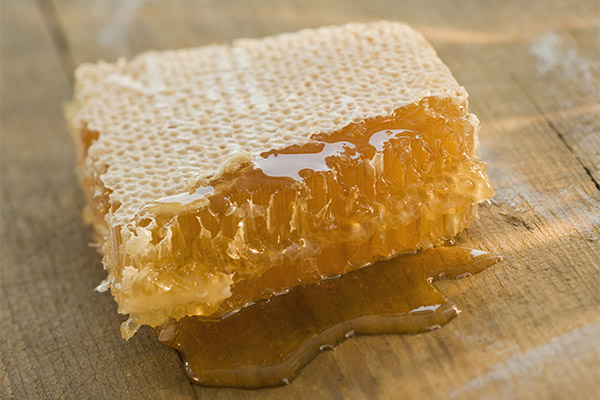
Such a useful, nutritious and healing product is a must have in every home and apartment. Its benefits are proven not only by grandparents, who were treated with it for many years. Scientists who conducted many different experiments, proved that honey can help with many diseases. In the fall and winter, it will help to survive colds without consequences, and in the spring and summer - will boost immunity. Do not be afraid to use candied honey, he in any form is always delicious and useful.
«Important: All information on this site is provided solely for introductory purposes. Before using any recommendations, you should consult with a specialist. specialist. Neither the editors nor the authors are liable for any possible harm caused by materials."

